Why Earned Media Should Be a Core Part of Your Marketing Strategy
Alex Molina, Account Director
Whether they know it or not, most marketing teams today leverage the PESO (paid, earned, shared, owned) model to fuel the sales machine. As a quick refresh, PESO (a term coined by Gini Dietrich of Spin Sucks) stands for the following forms of content:
Paid: A monetary exchange for distribution of content (ex. ads, sponsored editorial/advertorial, boosted content) from credible third-party sources
Earned: Your typical media or public relations strategy (ex. editorial bylines, customer case studies) in which your comms team or PR agency secures news coverage, features, interviews, and so on, in relevant media outlets be it print, online, broadcast, podcasts, etc.
Shared: Enlisting your own social media channels (ex. Twitter, LinkedIn, Instagram, TikTok) to generate exposure by sharing content, news announcements, and generally engage with followers in a more informal way
Owned: Developing and fostering an audience that seeks out your content (ex. blogs, newsletters, white papers) and distributing it to them directly
All these components work in concert to maximize marketing impact. However, the “earned” pillar of the PESO model is where you can most effectively establish credibility via third-party channels and earn the trust of your target audience. That’s not to say that the other pieces of the PESO puzzle aren’t as important – they are. The unique power of earned content – which often comes in the form of media coverage – is that it’s quite literally earned through the merits of your company's newsworthiness and not its packaged marketing messaging.
To prove to a media outlet that your news or opinion is vital information to their audience, you must understand that audience at a deeper level, then develop a relatable (and authentic) narrative that they can see themselves mirrored in. Developing this type of story requires the experience of a media relations (MR) professional who knows how to take a step back and understand the “big picture” impact of your product or service and how it connects to your company’s overarching goals. This enables your MR team to successfully craft pointed communications and deliver them to the right journalists at the right time in a form factor that is relatable to their audience, whether that’s finding a gift for their recent grad or leveraging 5G technology for live remote musical collaboration, and everything in between.
The Three Pillars of Earned Editorial
So how does an MR pro come up with earned editorial topics?
There’s no one way to craft compelling topics to secure earned editorial, but having a sound strategy in place works wonders. We approach this by focusing on the following three foundational pillars to distill relevant topics that align with your overarching goals into newsworthy stories. Beyond newsworthiness, these pillars help shape content into a form factor that is relatable and resonates with the intended audience.
CUSTOMER SUCCESS
What value does your product or service bring to the end user? In almost all cases, it solves a problem, enables your customers to achieve a specific goal, or perhaps it simply brings them joy. Customer success or satisfaction focuses on showcasing the real-world applications of your product: it’s an organic and necessary complement to the “Product Excellence” pillar. Generally, we use this to show potential customers how the product at hand positively affects their bottom line. I.e., show them how they can cut costs, enhance productivity, or solve a bedeviling challenge. This can take shape as customer-focused press releases, like this announcement about how Robin Haddow, who created key visuals for the hit show WandaVision, leveraged Maxon Cinema 4D. Or perhaps it’s done through customer interviews, behind-the-scenes reels, or some other type of media story that highlights the successful use of a product or business solution. These “success stories” are entirely dependent on the product/service at hand and usually look very different in the context of B2B vs. B2C markets.
THOUGHT LEADERSHIP
Leverage company stakeholders and internal subject matter experts to illustrate what makes you the leader and undisputed expert in your market. Common tactics include placing bylined articles and interviews in relevant media outlets that matter to the target audience. Beware of self-indulgence, though – the best thought leadership articles are non-commercial and should not be promotional in any way. The goal is to show readers that the brains behind your product or service are invested in the technology and actually know their stuff beyond marketing copy, and this knowledge translates into top-notch output. For example, here Blackmagic CEO Grant Petty predicts Apple’s Mac Pro will be a hit in Hollywood; steeped in his own experience creating buzzworthy and innovative filmmaking tools, Grant was able to provide Forbes a knowledgeable opinion on the tech giant’s latest release.
PRODUCT EXCELLENCE
This is where we let your products and services do the talking. At its most basic, this pillar takes shape as unbiased product reviews, like this analysis of Frame.io in trusted video industry trade publication CineD. To further bolster credibility, it’s crucial to tap brand evangelists/ambassadors for relevant media opportunities – a well-placed sound bite about how your product or service helped solve a specific pain point for them helps readers examine their own needs and how you can help. This crucial element of earned media also includes a robust communications timeline to promote new features, updates, and releases that improve the product/service – which in turn begets more coverage throughout the product’s lifetime, keeping it relevant even after the initial excitement of a launch has died down.
Earned Media Takes Time
Earned media is not a “set it and forget it” strategy. There are innumerable intricacies that happen behind the scenes to make sure your story gets in front of the right people at the right time. Even then, it’s not a hail mary – it’s one touchpoint out of many. A dynamic earned media program (read: a successful one) should be an intentional part of your business strategy. It requires ongoing stakeholder collaboration and is an investment in the long-term health and success of your business. Done properly, it has the potential to drive traffic to your brand, energize quality sales leads, and catch the attention of investors – all while optimizing resources and feeding the other pillars of the PESO model through content repurposing via paid, shared, and owned channels.
Need help with your "earned" strategy? Reach out for a consultation to learn how we can help!

